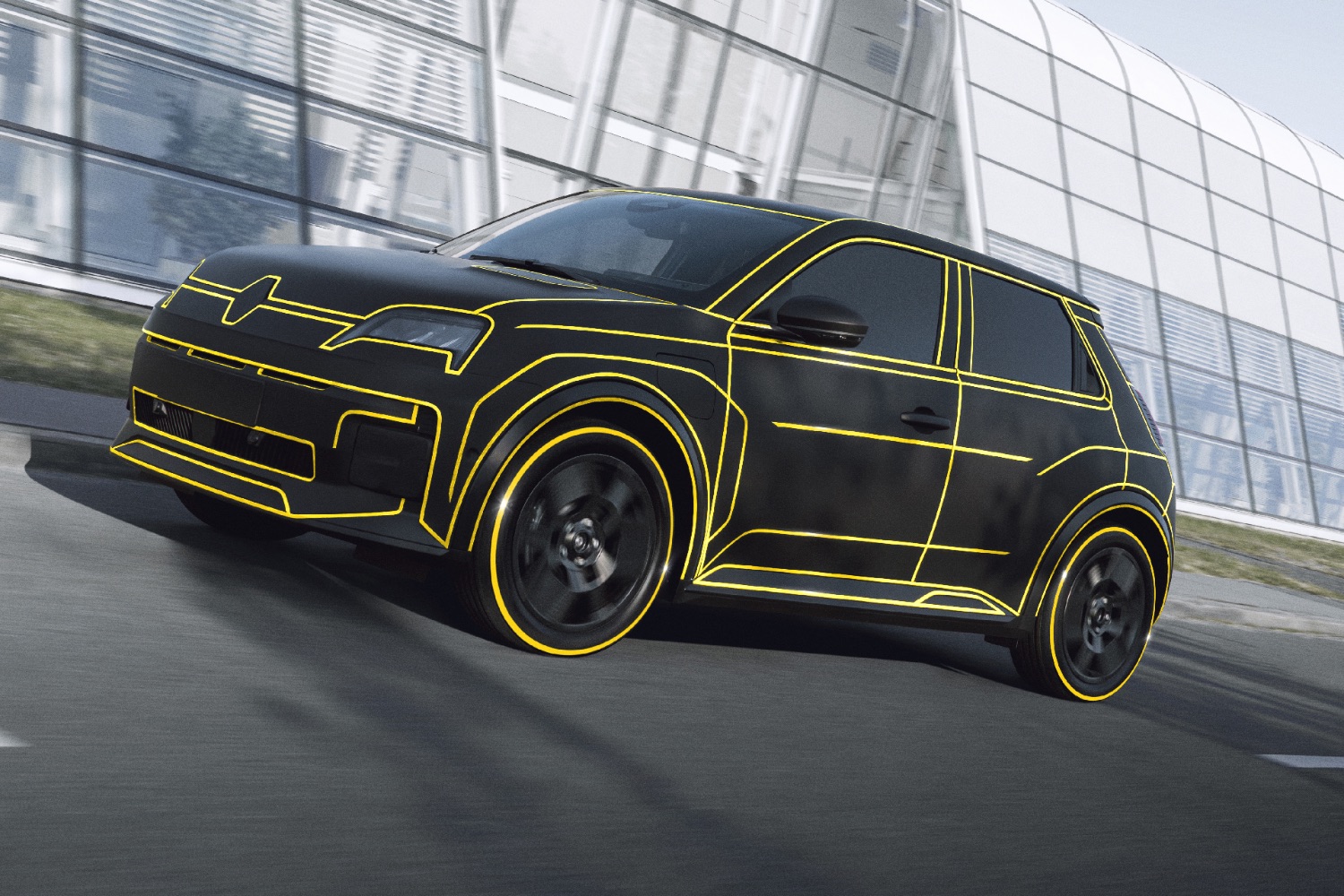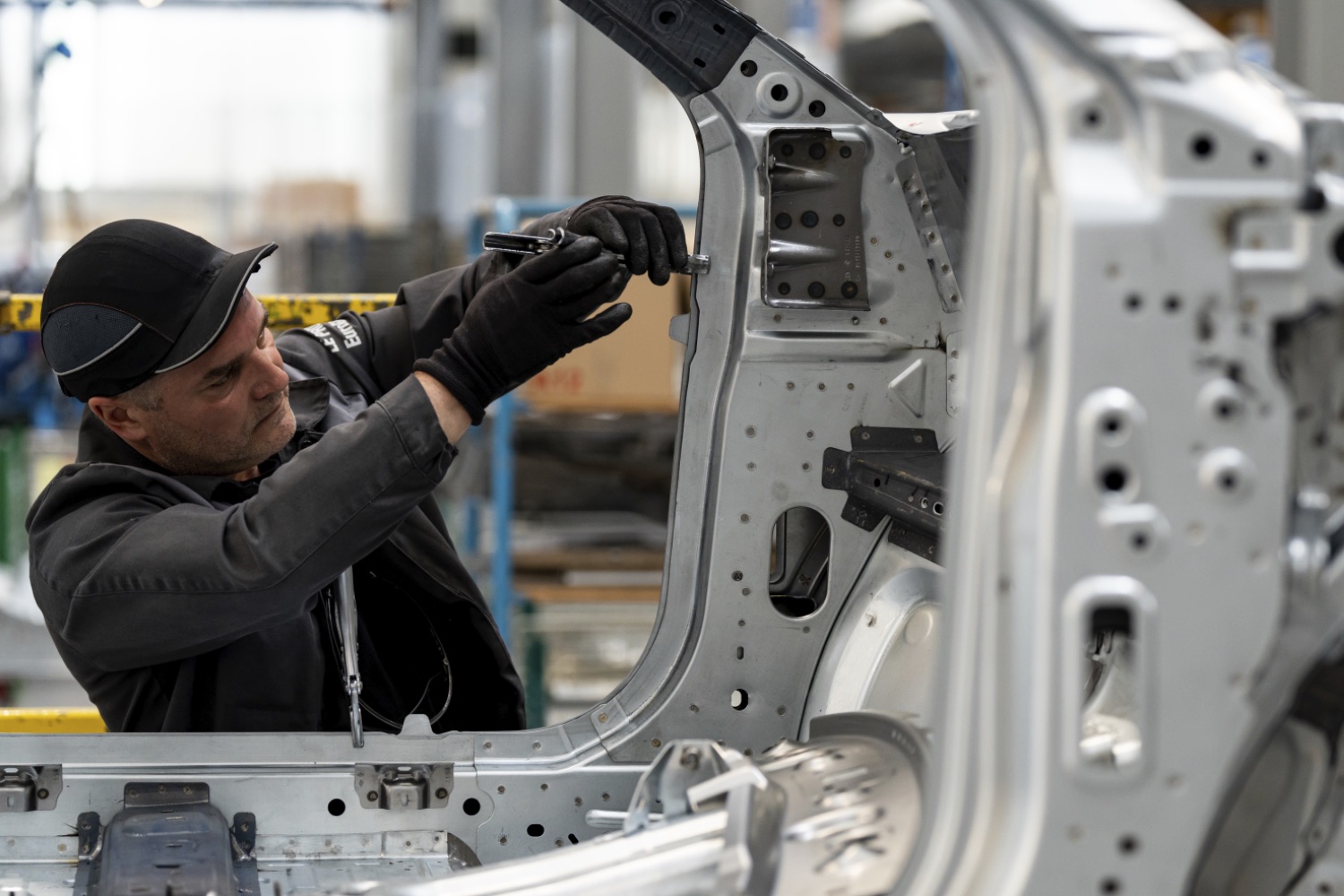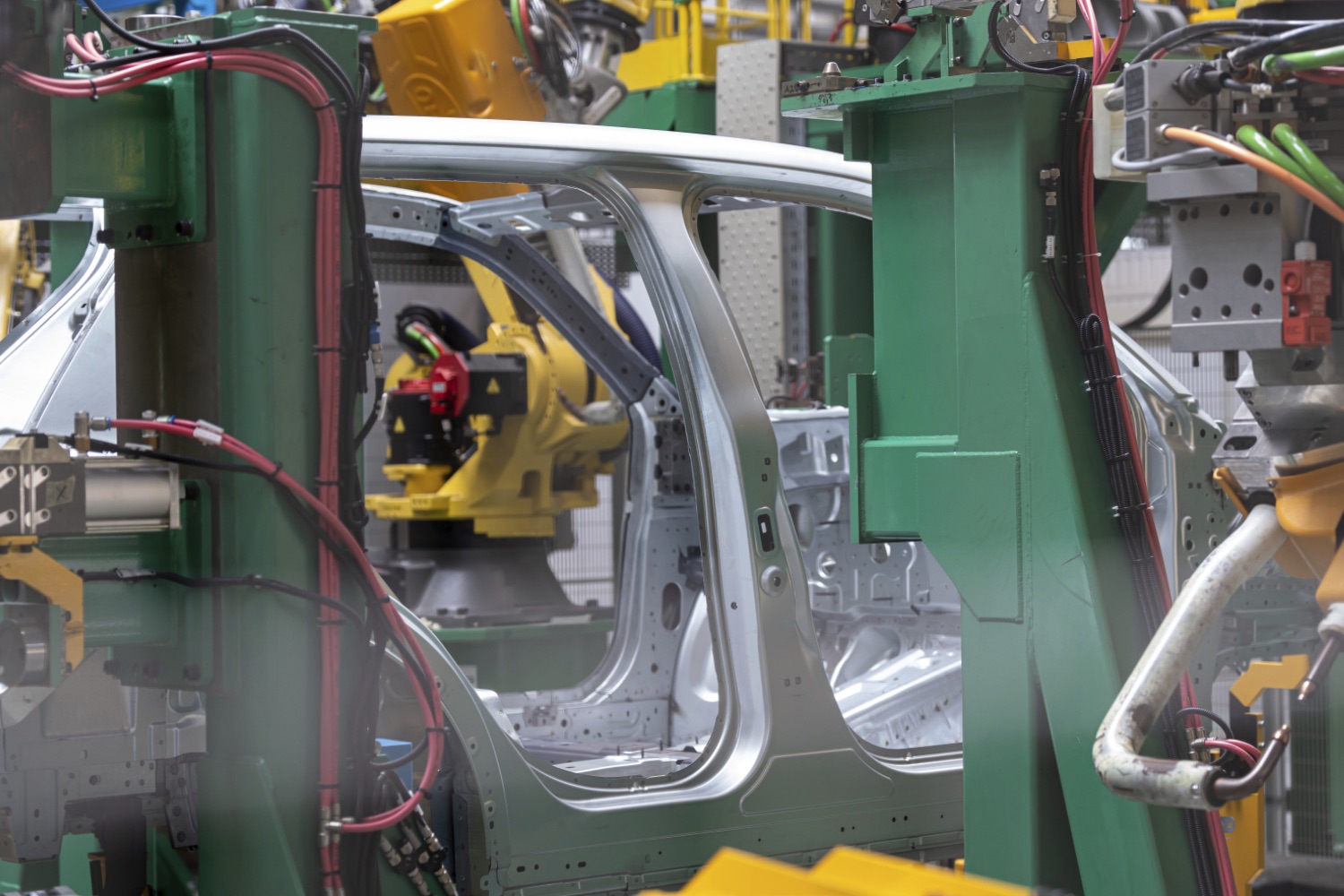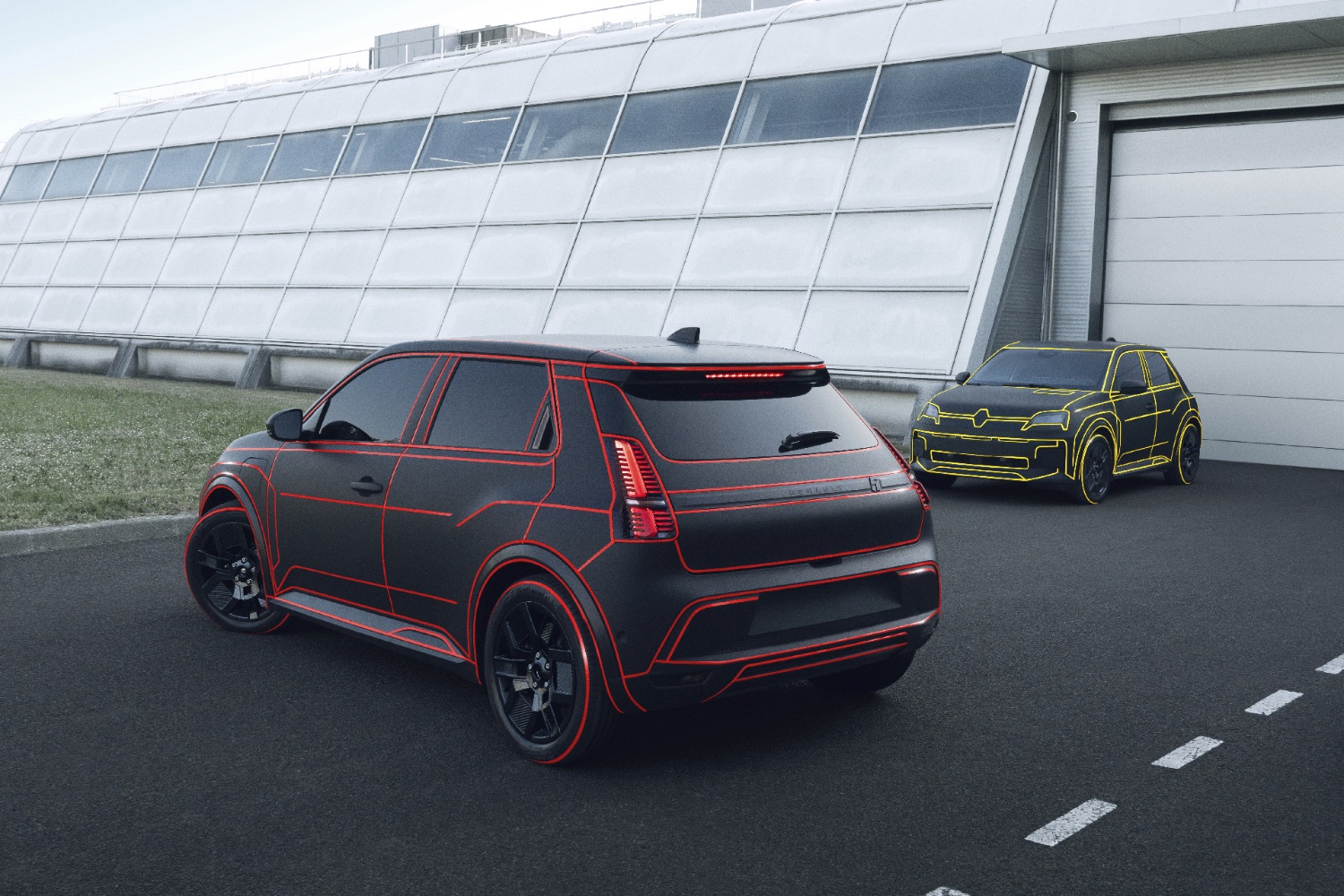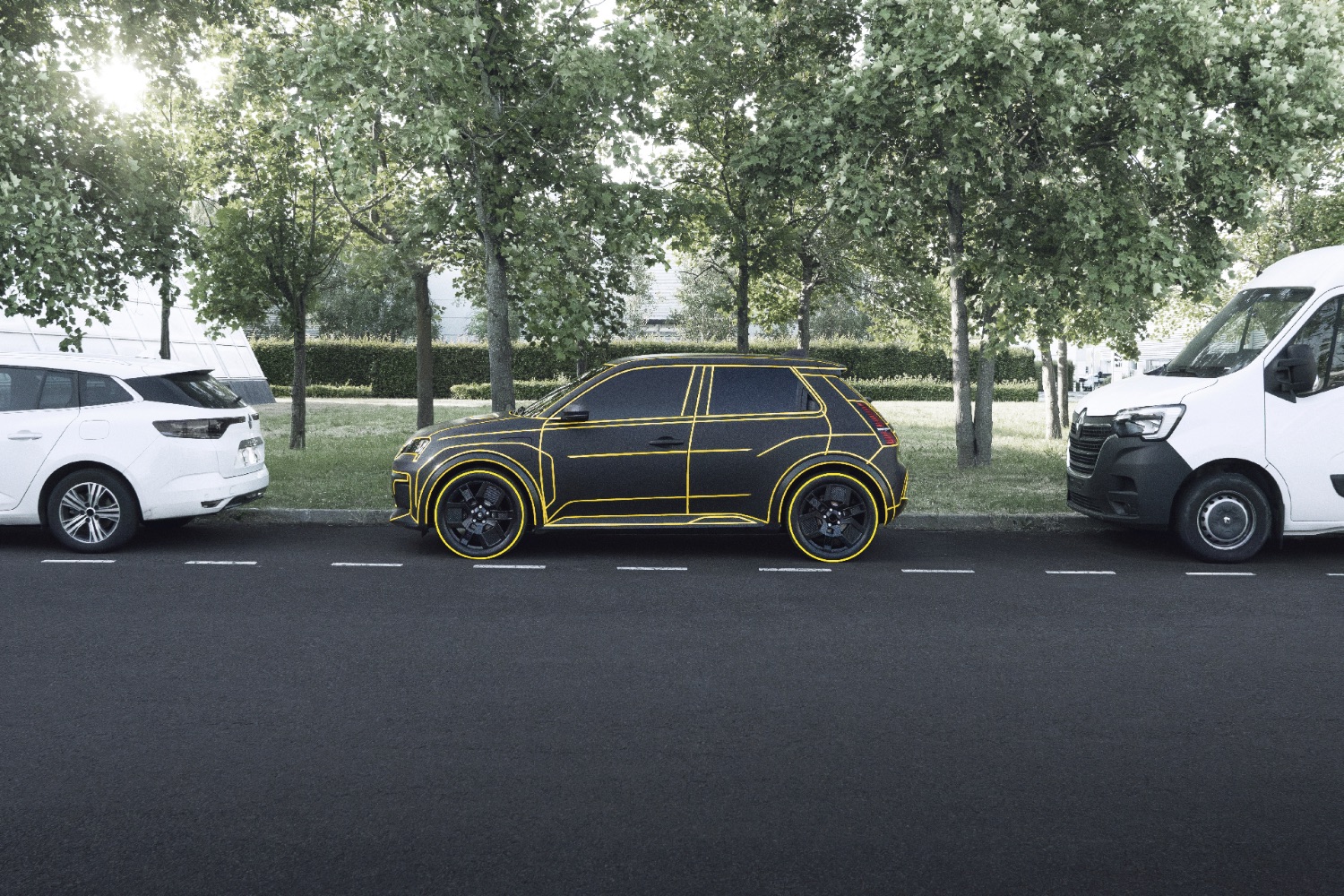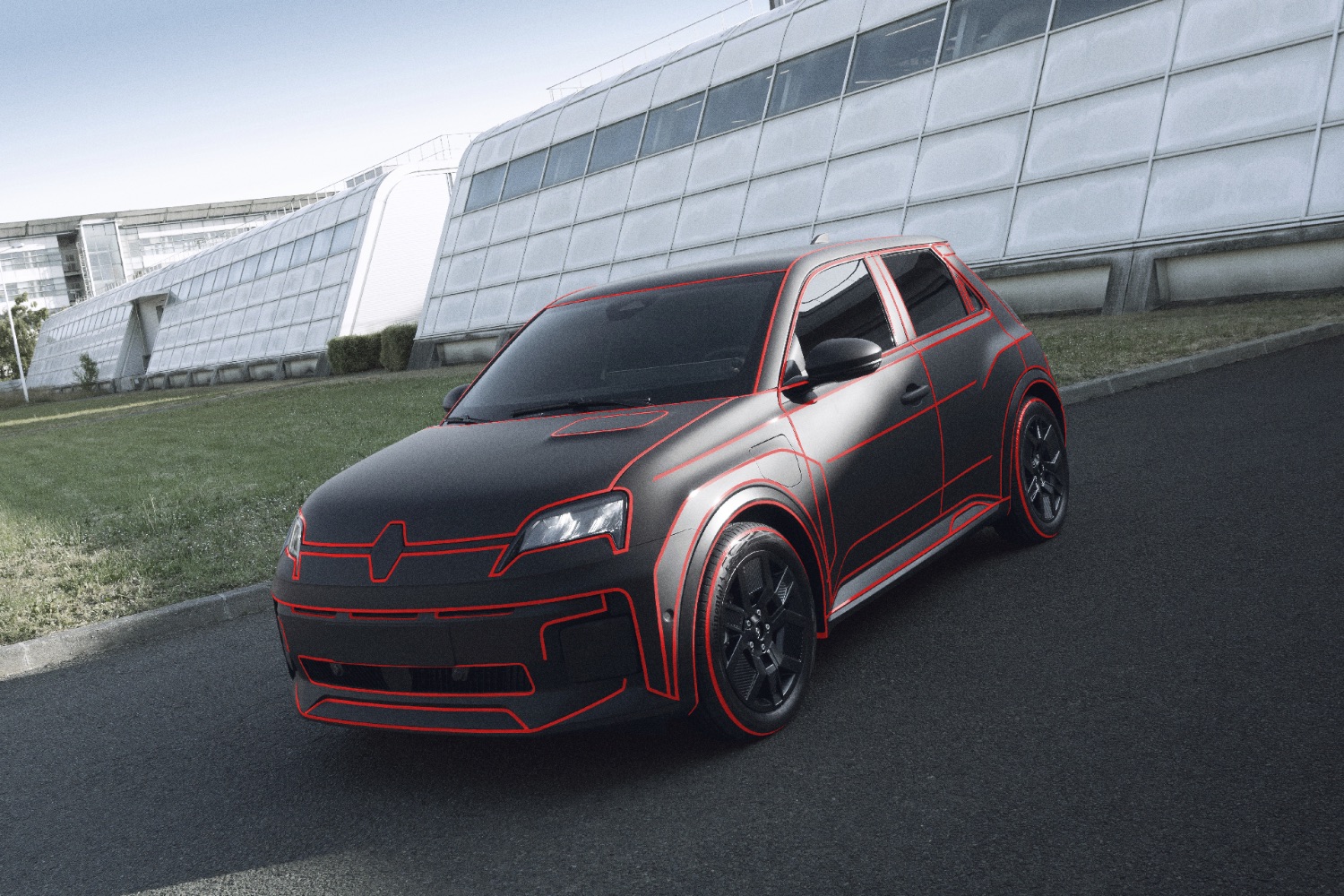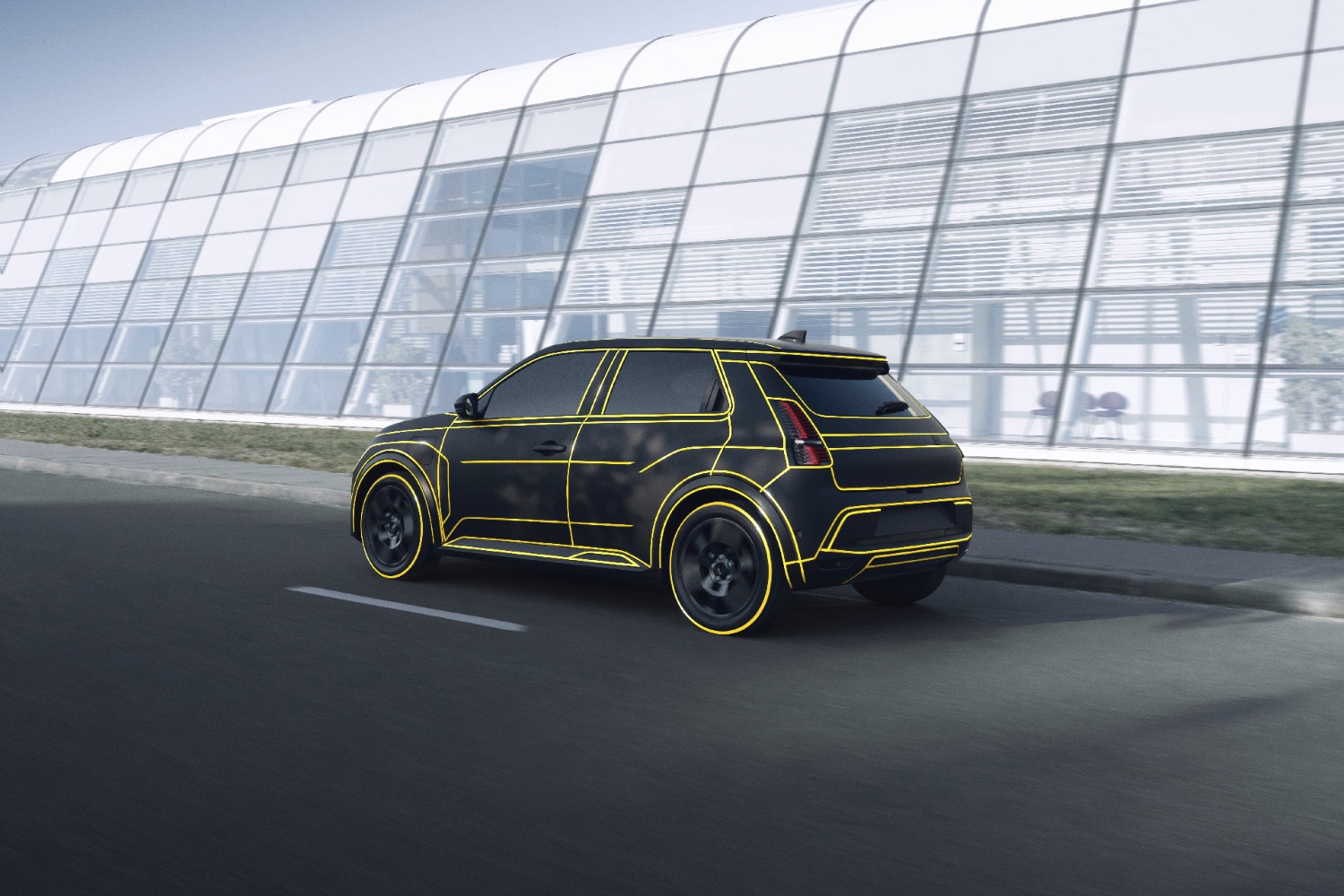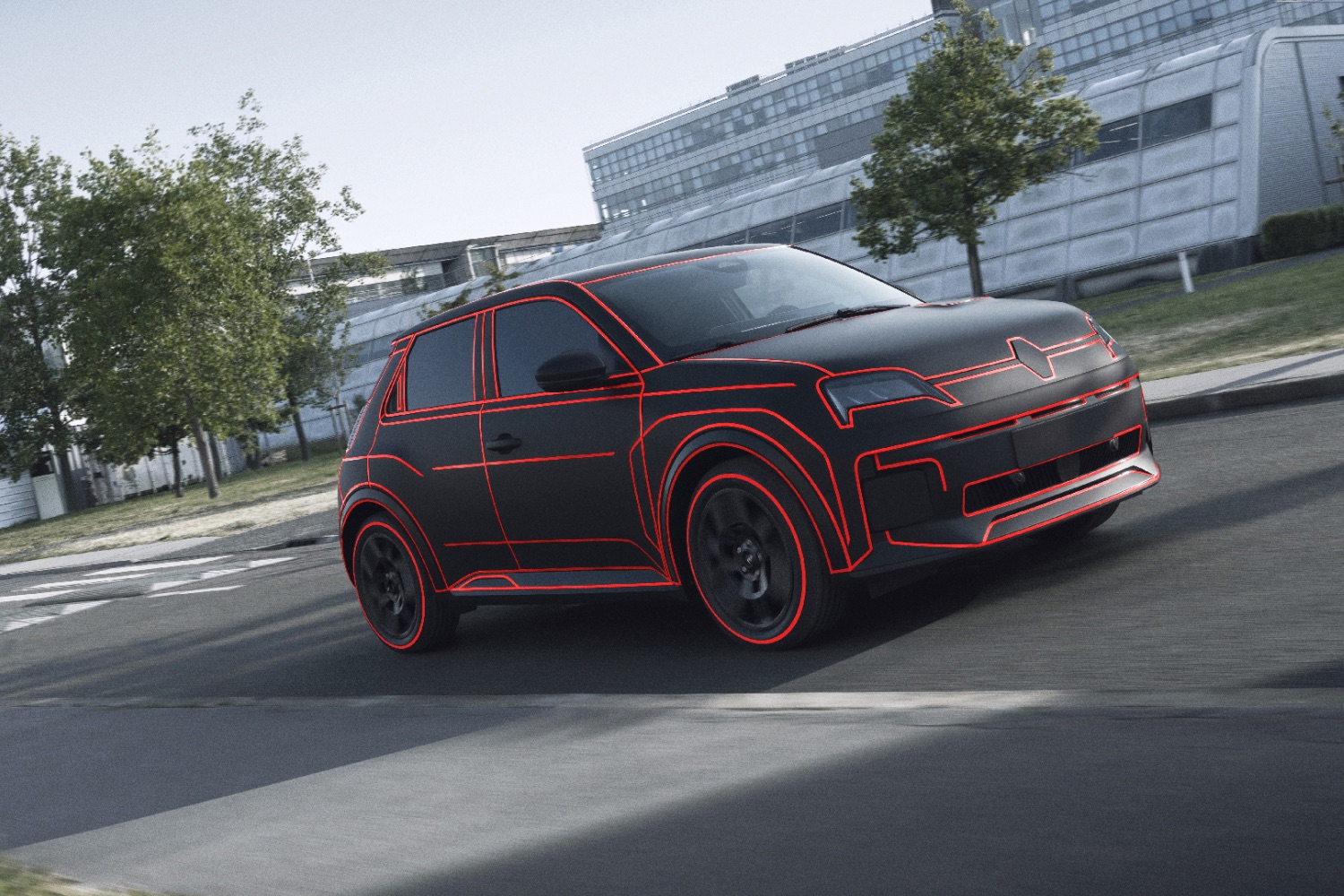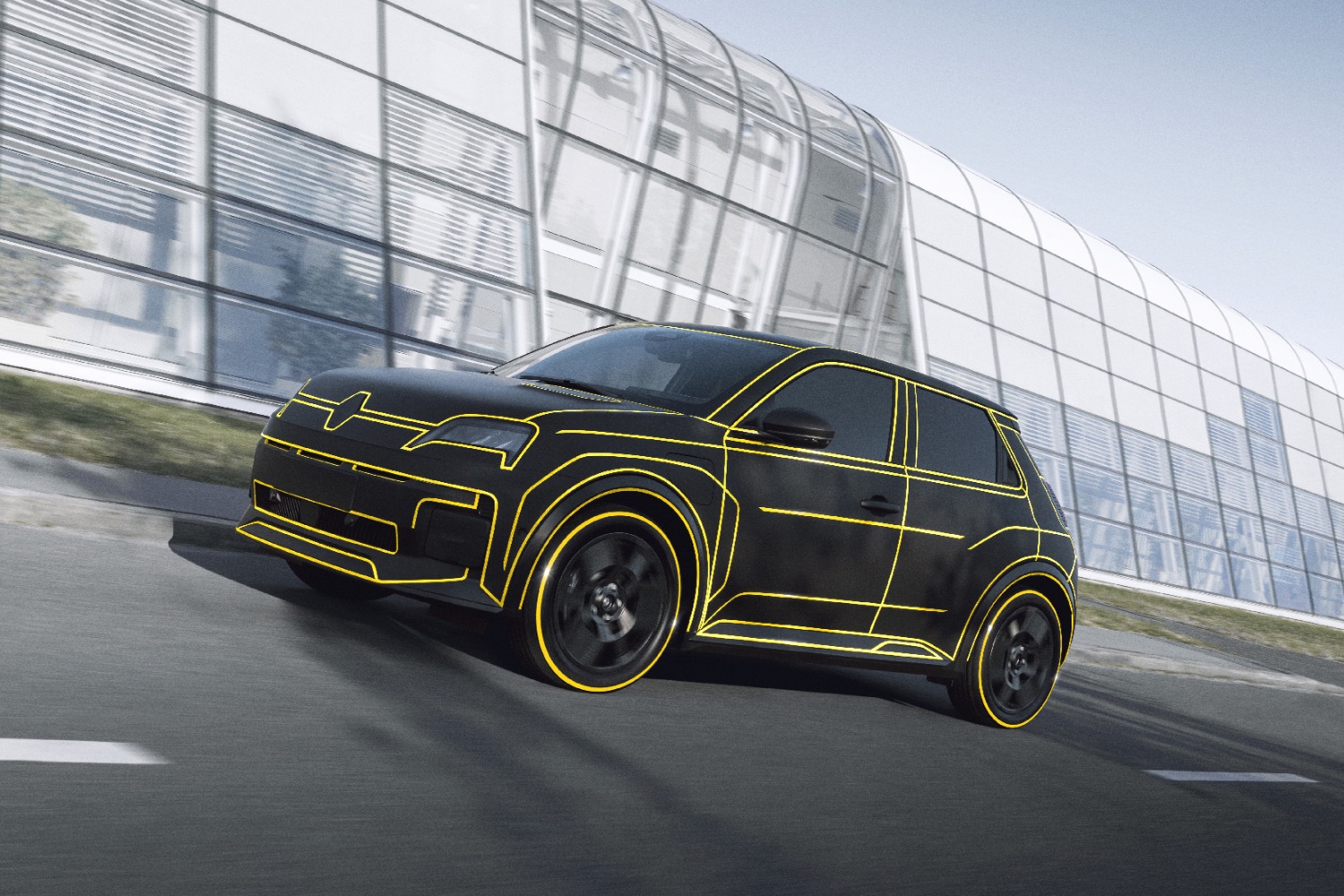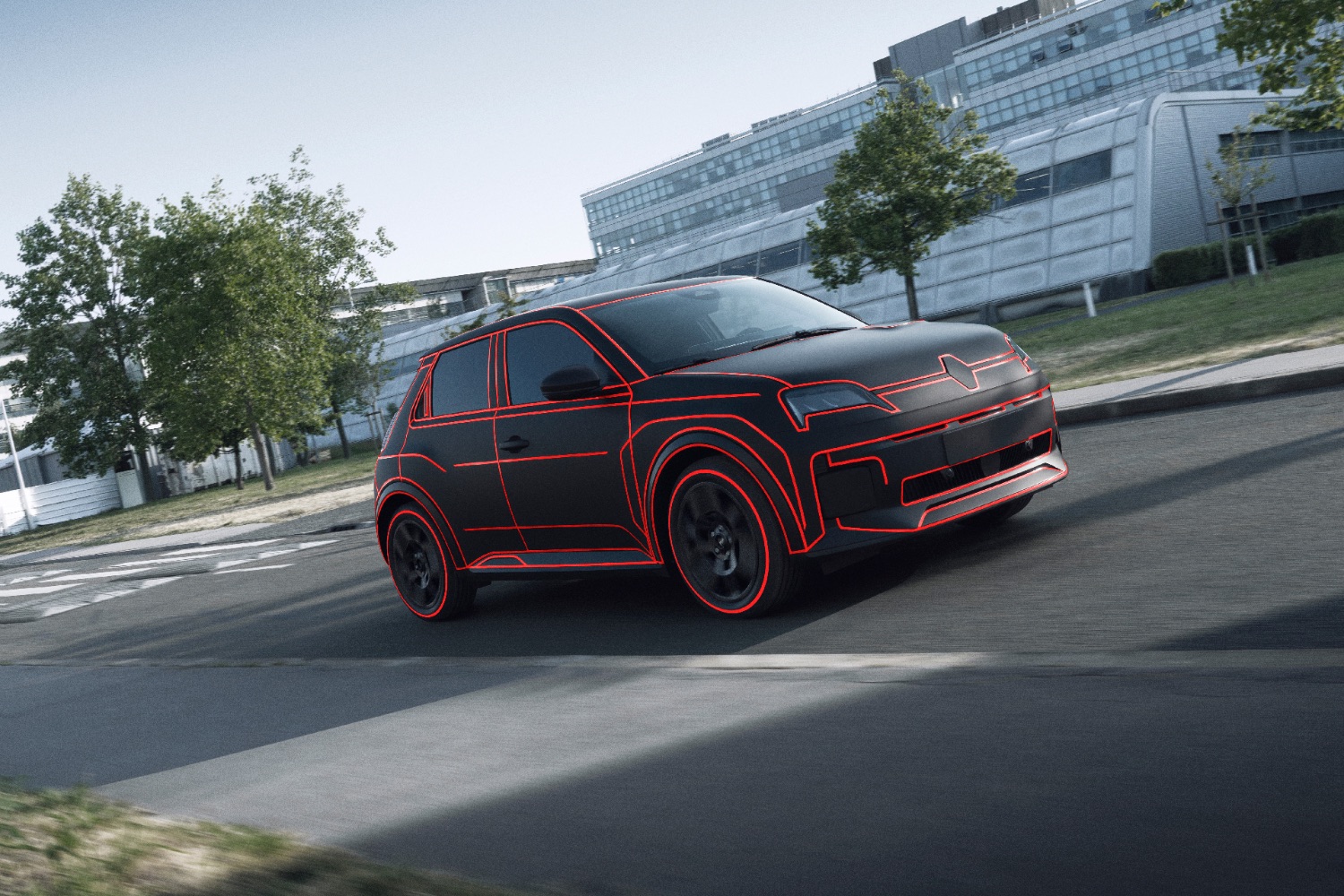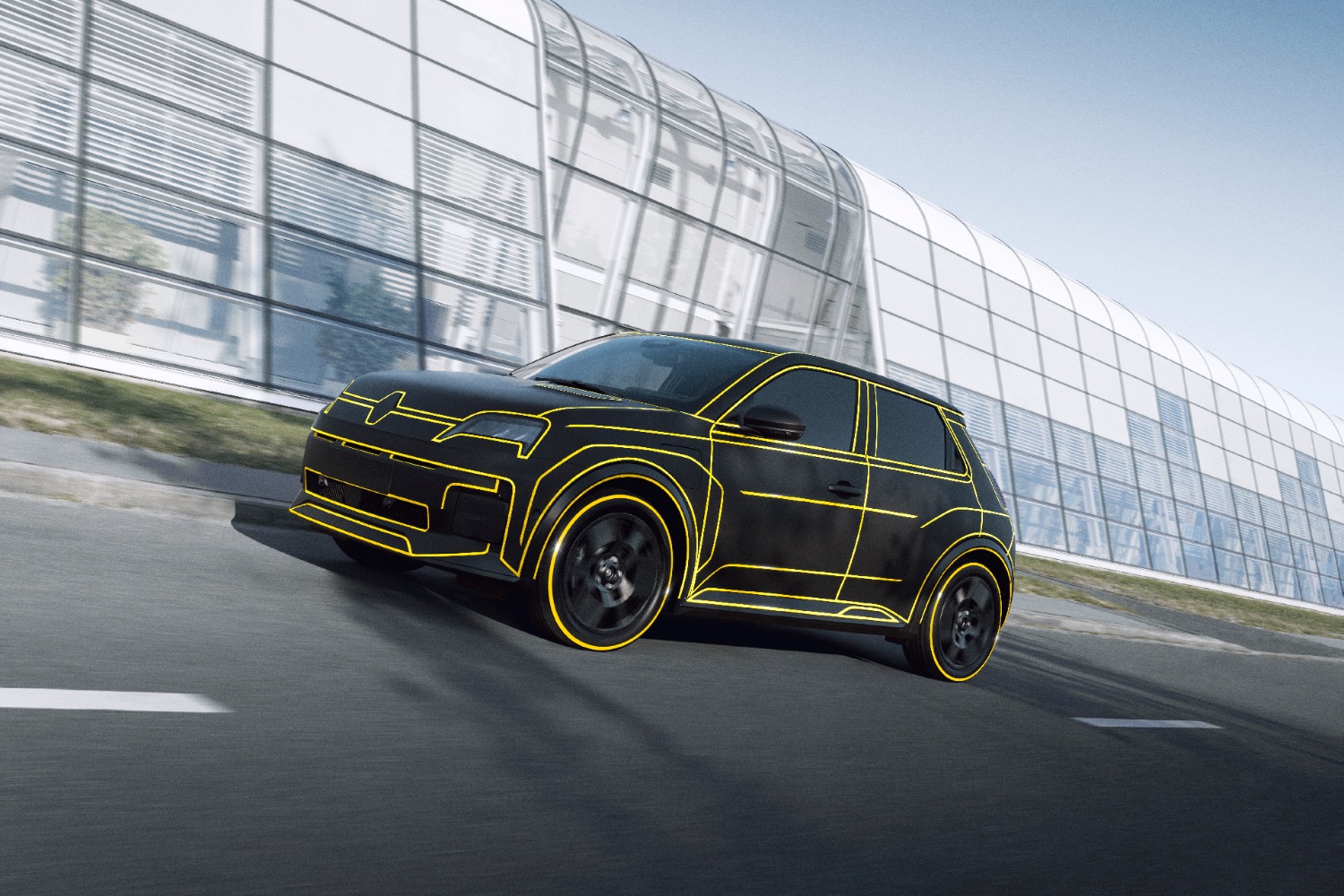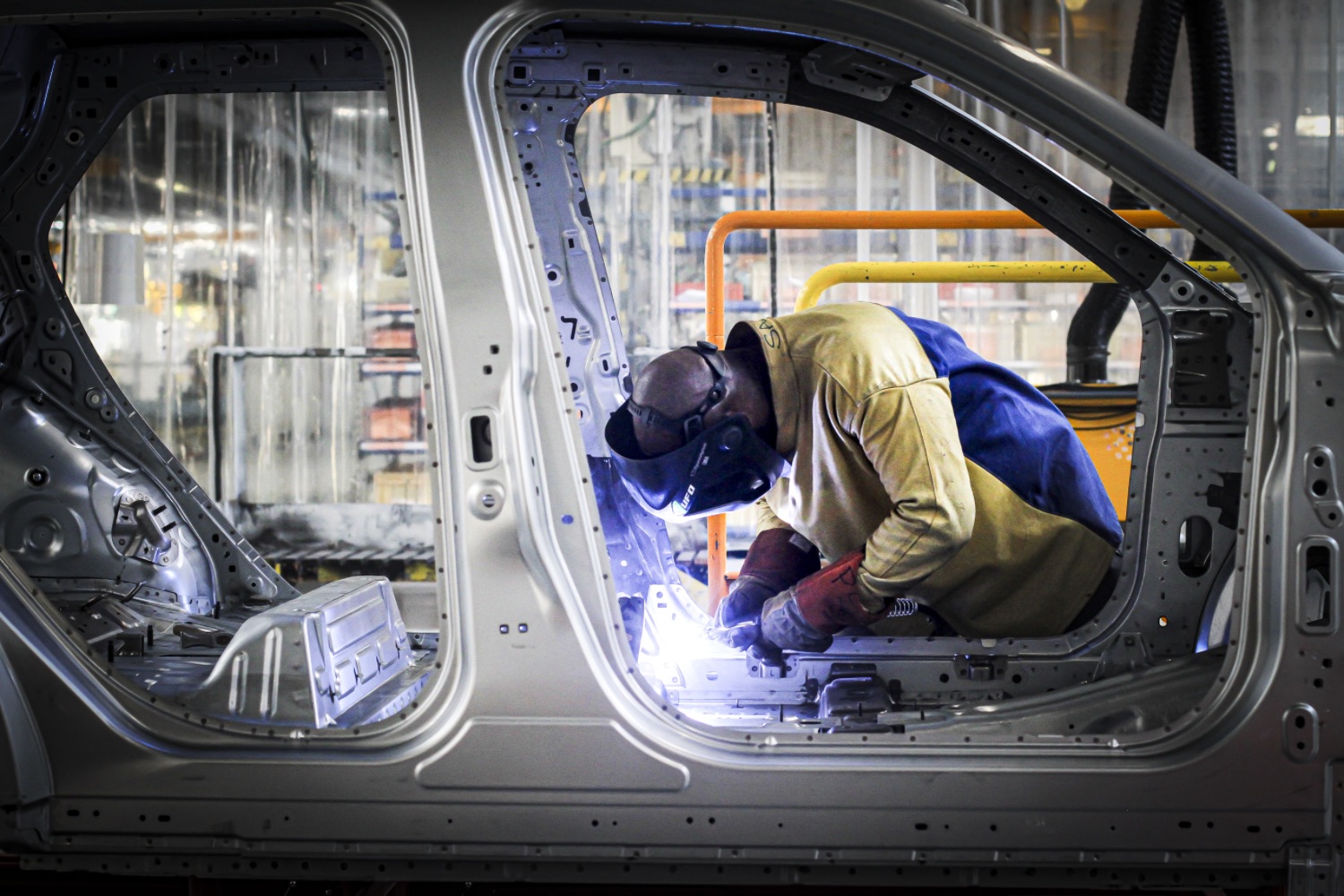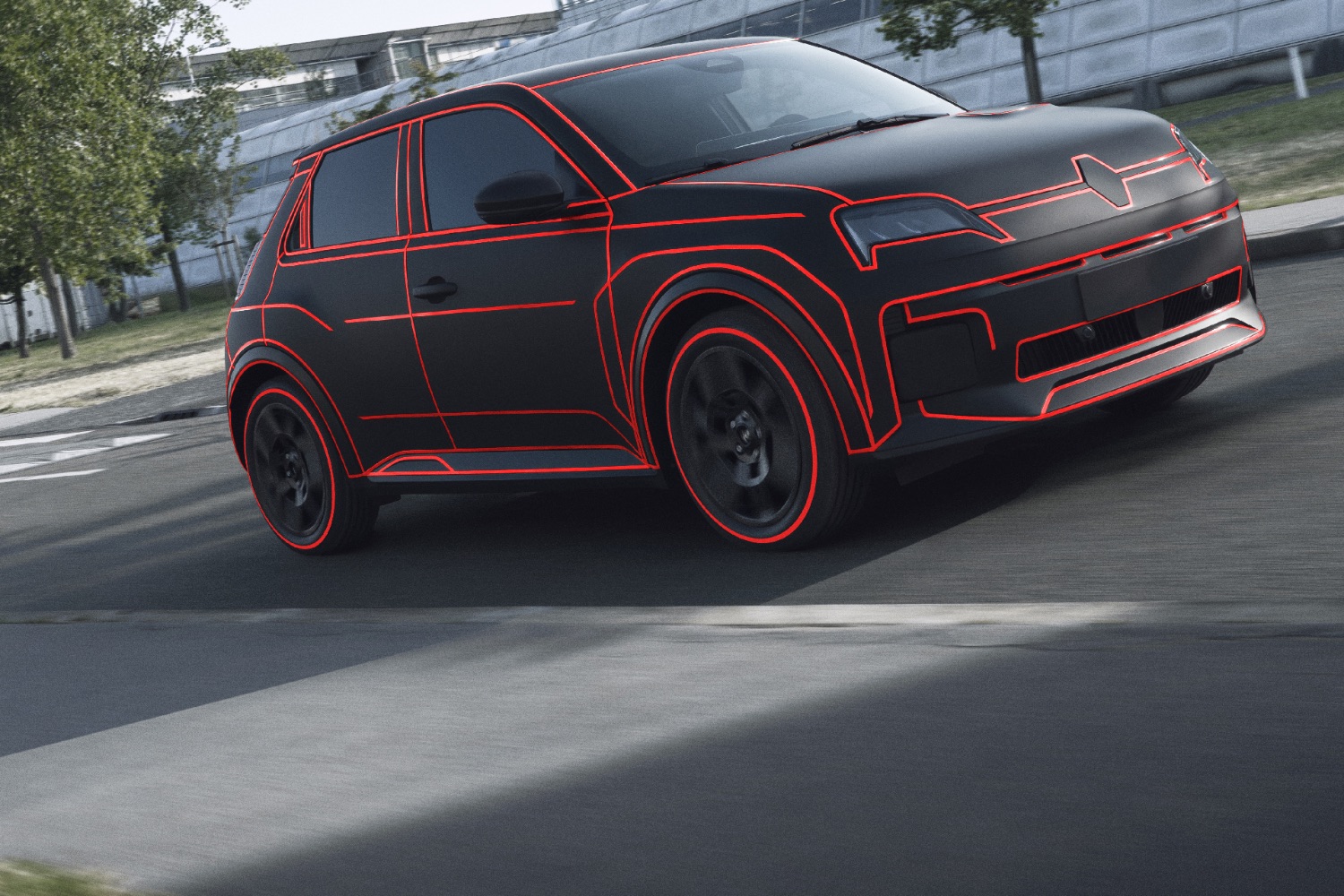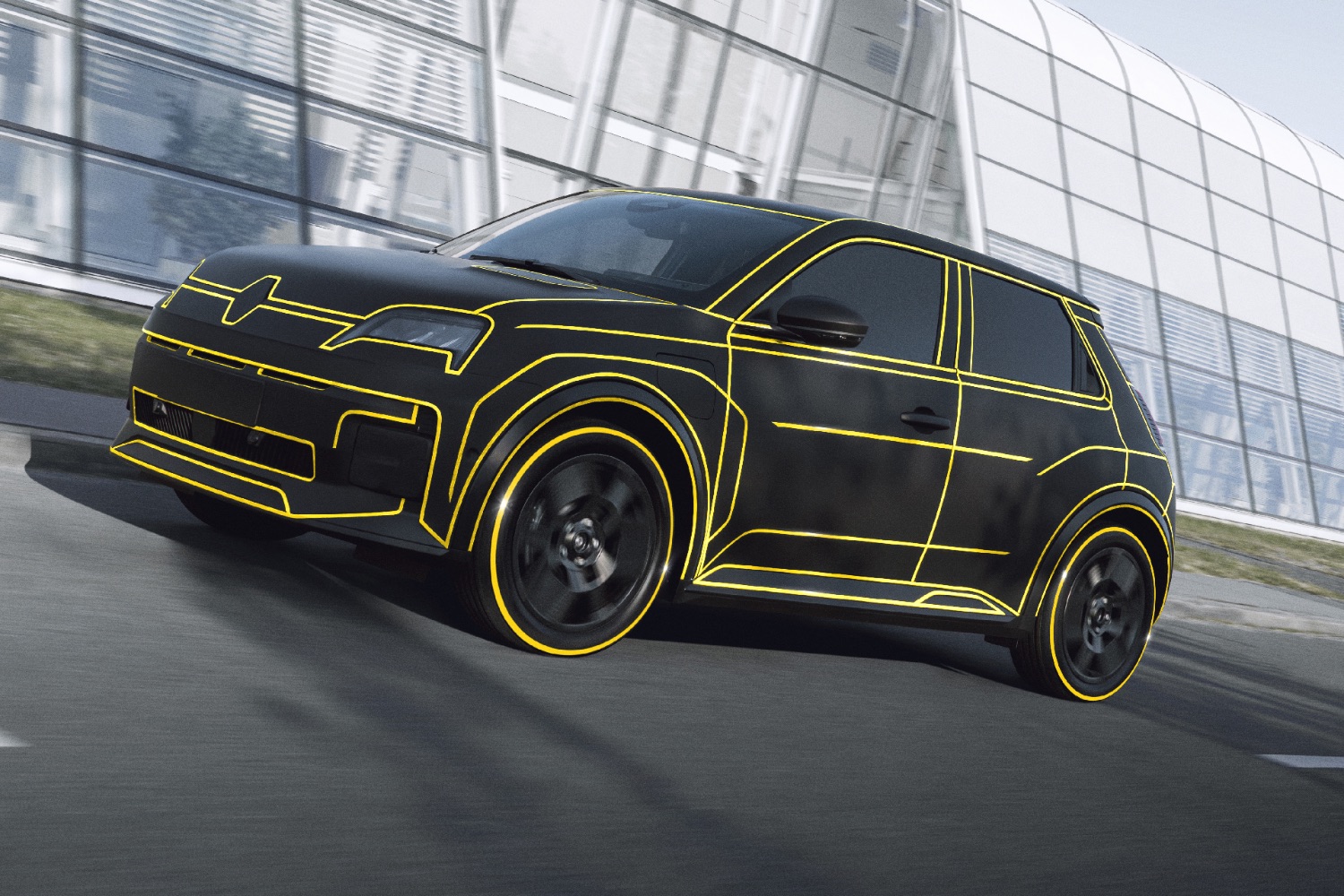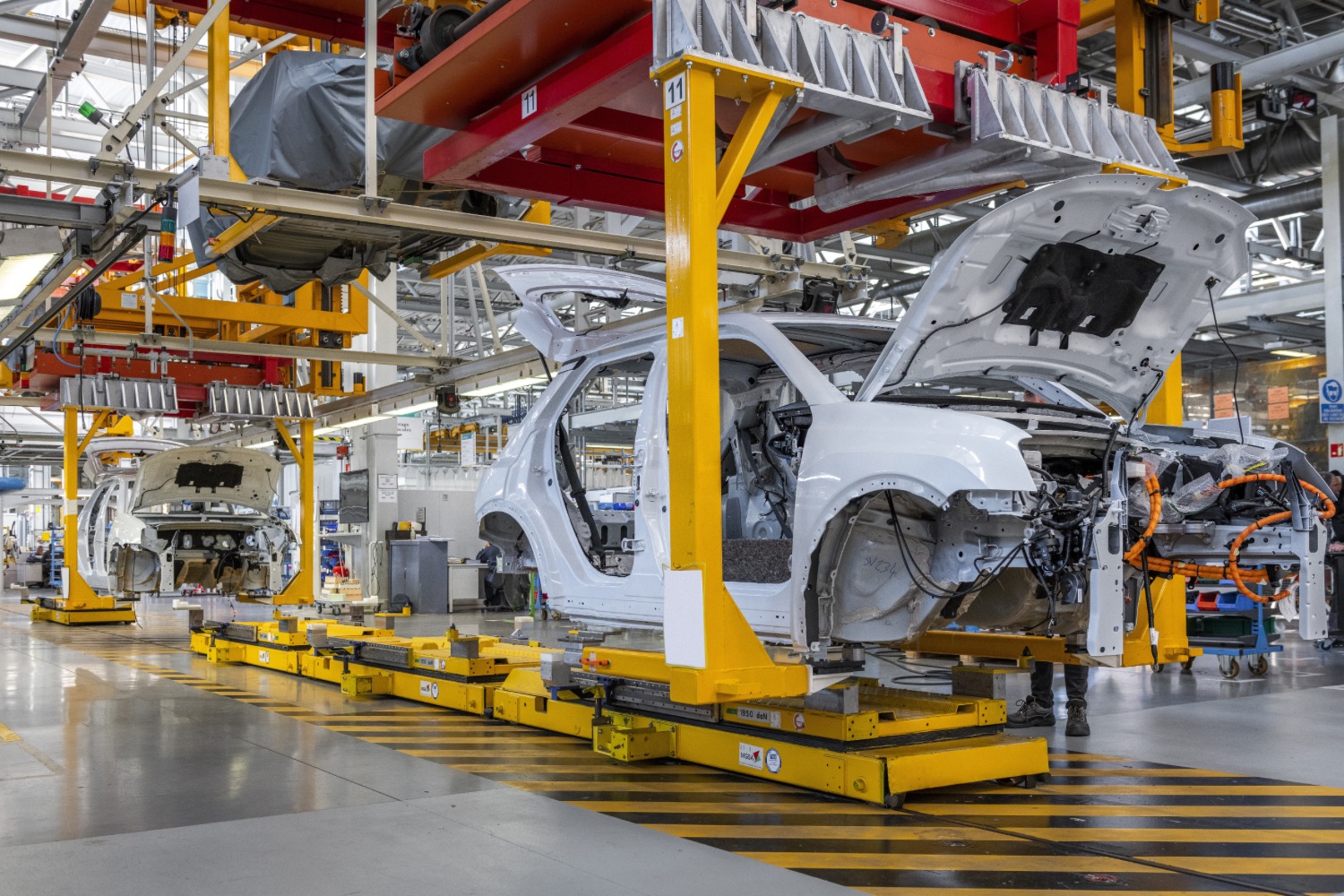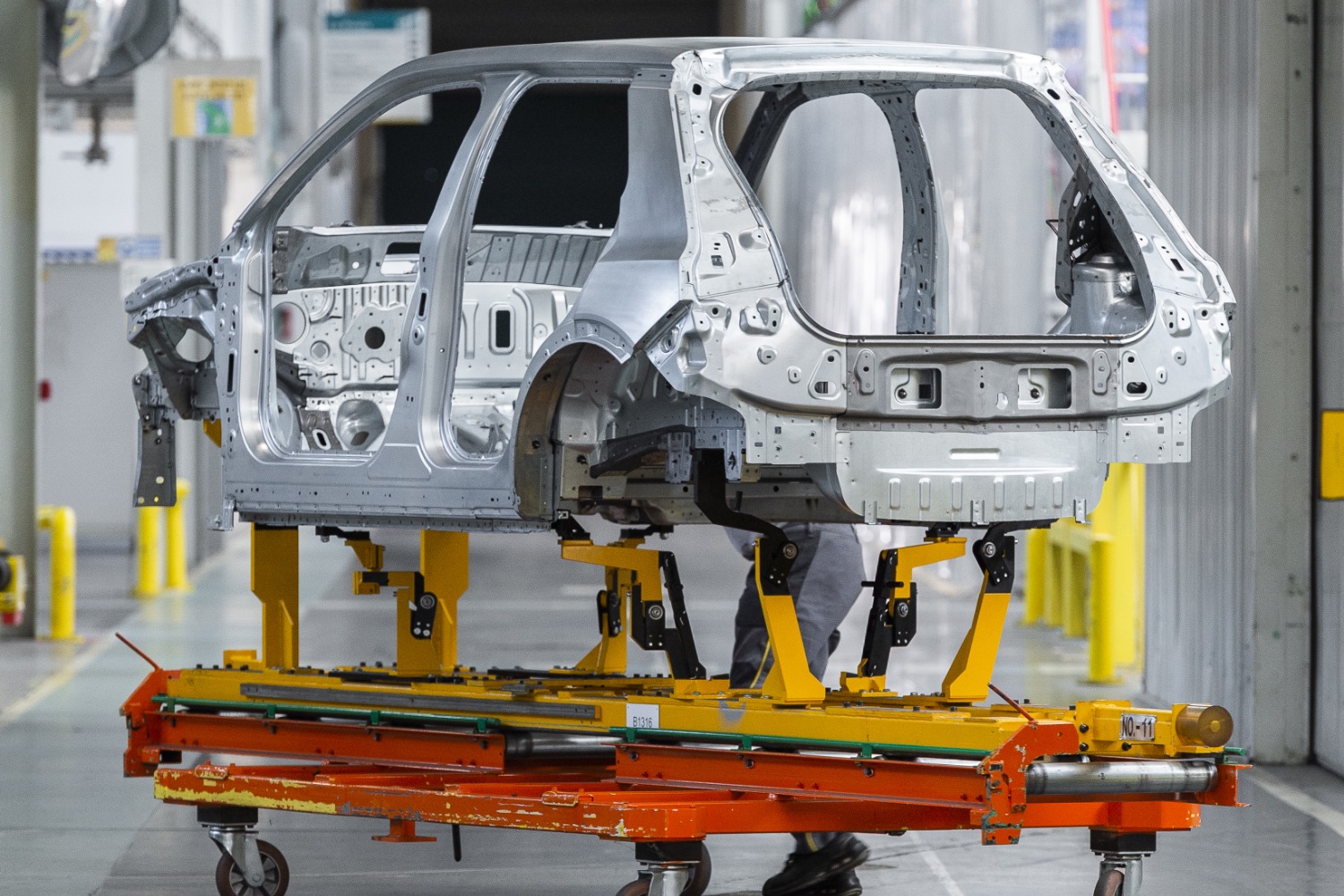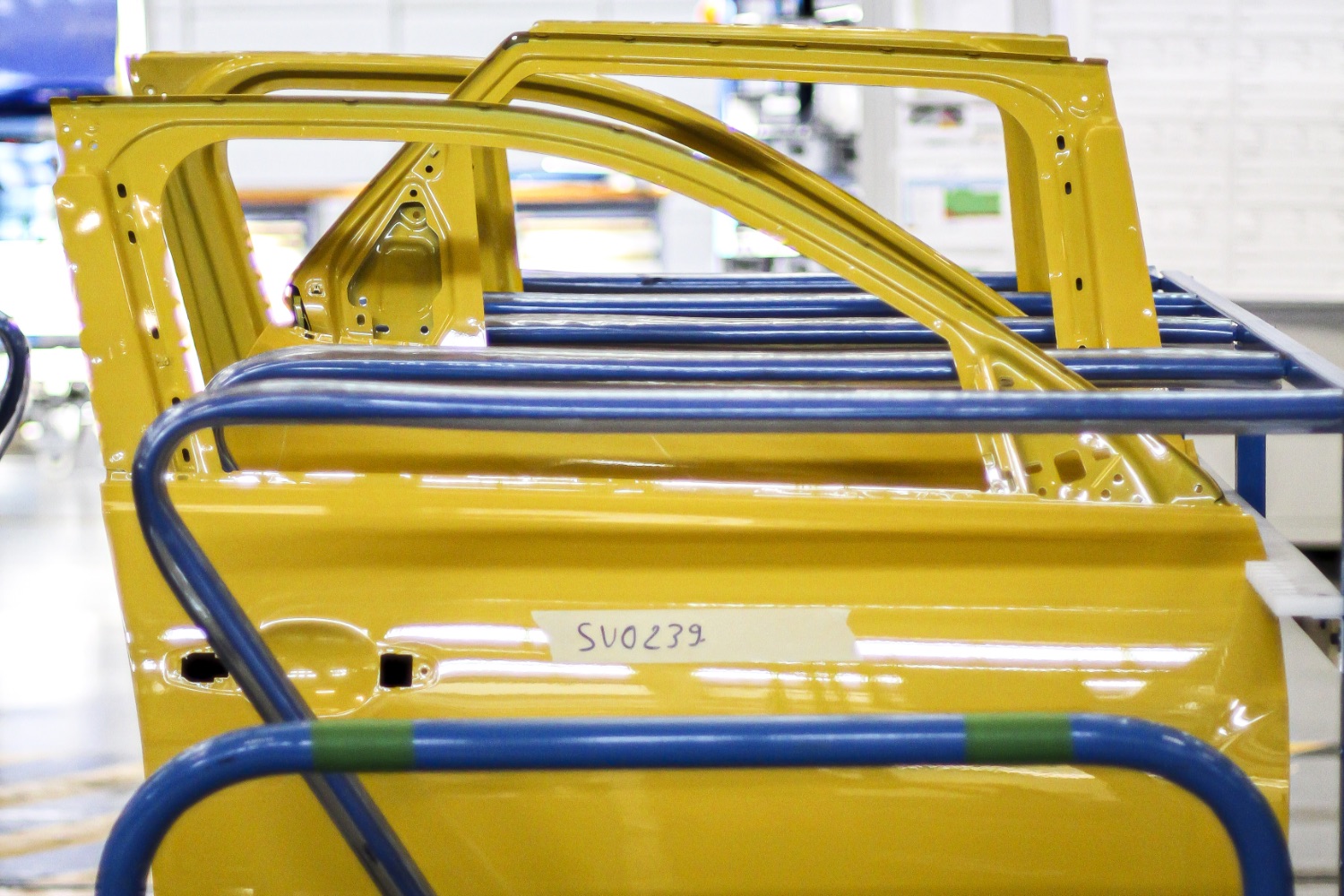The Renault 5's return has been on the cards for quite some time, but the French brand is getting closer to bringing back the famous nameplate. But the road to bringing back an icon is a long one, and it's absolutely riddled with potholes. Ensuring a car handles, performs and feels as expected is only one small part of the battle. And nobody wants to be the brand that got most of the way through vehicle development only to find the car wouldn't fit onto its transporters.
So as well as testing the new '5' in extreme temperatures and environments, and fine-tuning the ride on roads and race tracks, Renault has developed a special test centre for working out exactly how to build its new models. And now the company has peeled back some of the security to allow us a glimpse of the first prototypes before they roll off the line.
Top secret
Hidden in the maze of Renault's Technocentre engineering complex near Paris lies the Prototype Build Centre, a high-tech miniature plant designed to bring Renault's prototypes to life. It's a 25-year-old facility, and it's the birthplace of all manner of prototype vehicles, from the most mundane MPV to the most exciting hot hatchback. And it's so secretive that mobile phones are banned, and access is granted solely to authorised Renault staff.
From here, Renault not only builds the test mules that will shape the way in which the 5 will ride, drive, and use its battery, but it also dictates the way the car is built. Far from being a super-shed in which boffins divine new concepts using precious metals and myrrh, this is a factory like any other, albeit on a smaller scale.
Quality standards
Having been the home of the Renault 5 since day one, when the first test mules were built with Clio-esque bodies, the Prototype Build Centre and its staff know the new '5' like no one else. And now those early prototypes have done the hard kilometres and morphed into early prototypes, it's time for the 'vehicle check' prototypes, which have a much more true-to-life body and generally feel much closer to the final product.
As well as checking these vehicles work on European roads, though, Renault is also subjecting them to the strains of the factory and their equipment. After all, building a car in a shed is all well and good, but if you can't put it together on a production line, you won't be able to make enough of them to make money. And if it costs too much to build, you end up with the same problem.
Therefore, to steer clear of such issues, Renault's Prototype Build Centre is decked out with all the equipment found in Renault's Douai factory, allowing technicians to test their theories before the car finally enters production.
Testing, testing, Renault 5
As the cars are constructed in the Prototype Build Centre, the technicians there measure every aspect of the car, collecting data on the tolerances and gaps that will be permitted when the car goes into production. And unlike some brands, these tolerances are measured in tenths of millimetres.
With all that data harvested, Renault can apply the findings to the production vehicles, ensuring that every one comes out of the factory in perfect shape. And if there are any problems with the manufacturing process, tools or parts, Renault will have early warning and can fix the issues ahead of time. And because the development teams are all on-site, any problems can - at least in theory - be resolved as quickly as possible.
In all, the Prototype Build Centre will churn out 60 cars before the bosses are satisfied, and each car will go through a rigorous 'snagging' process to make sure they're as good as they can be. The result, Renault hopes, will be desirable electric hatchbacks that meet their quality requirements from the first example to the last.

